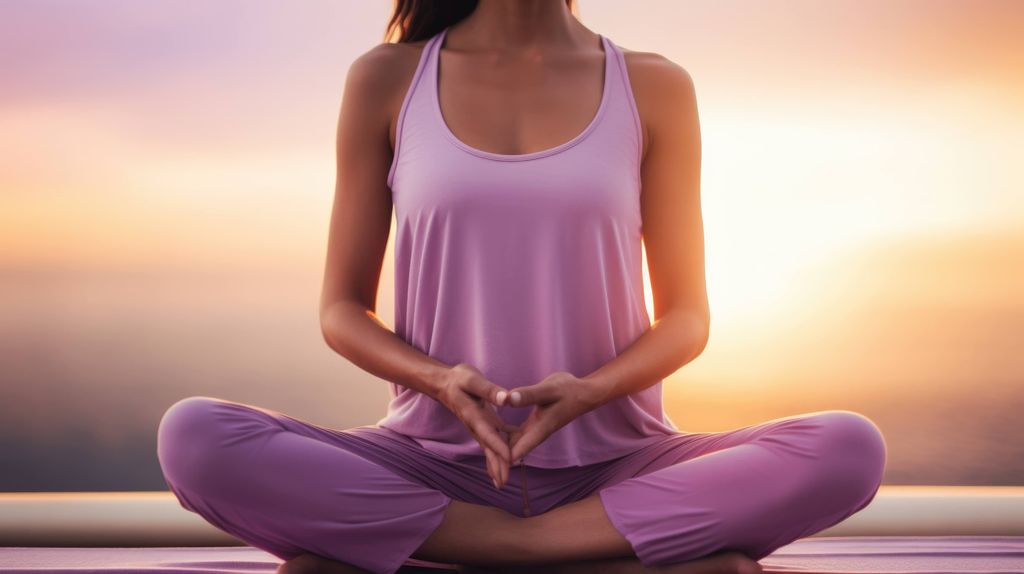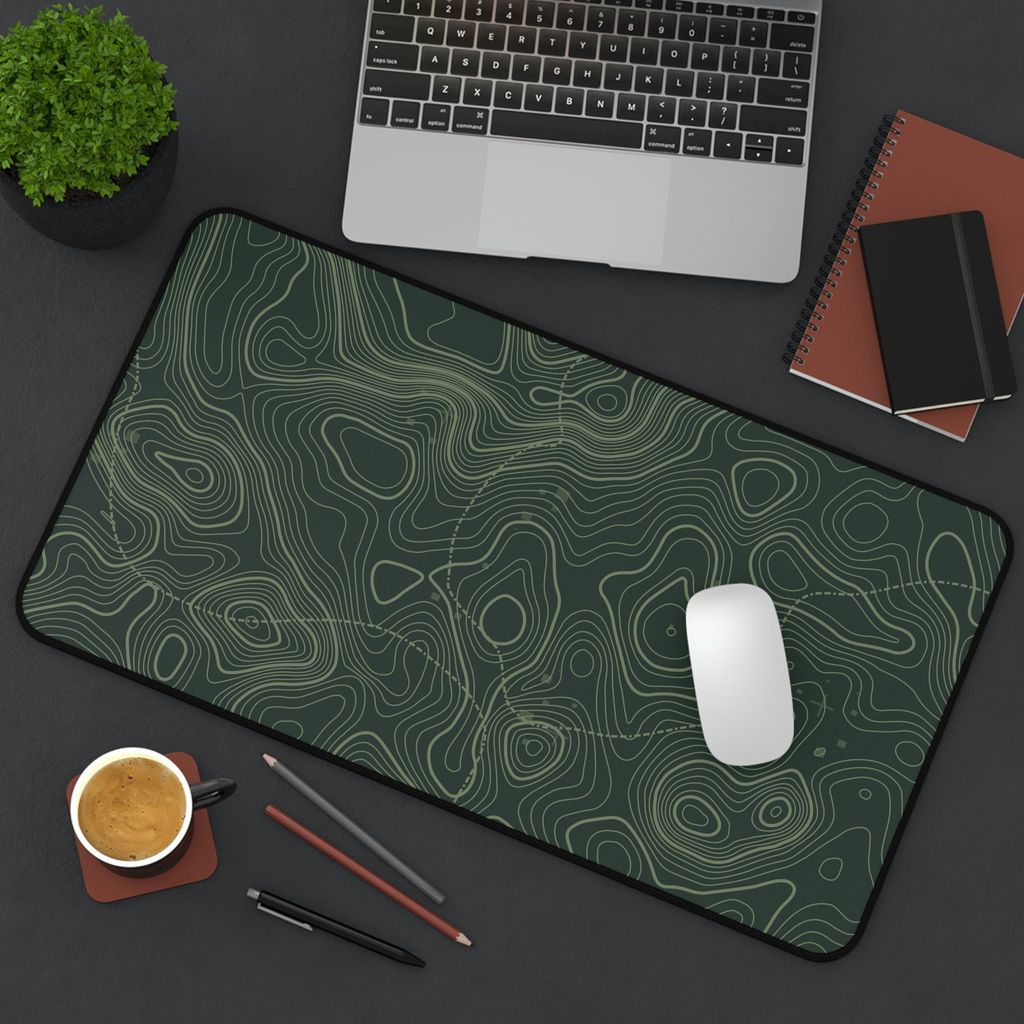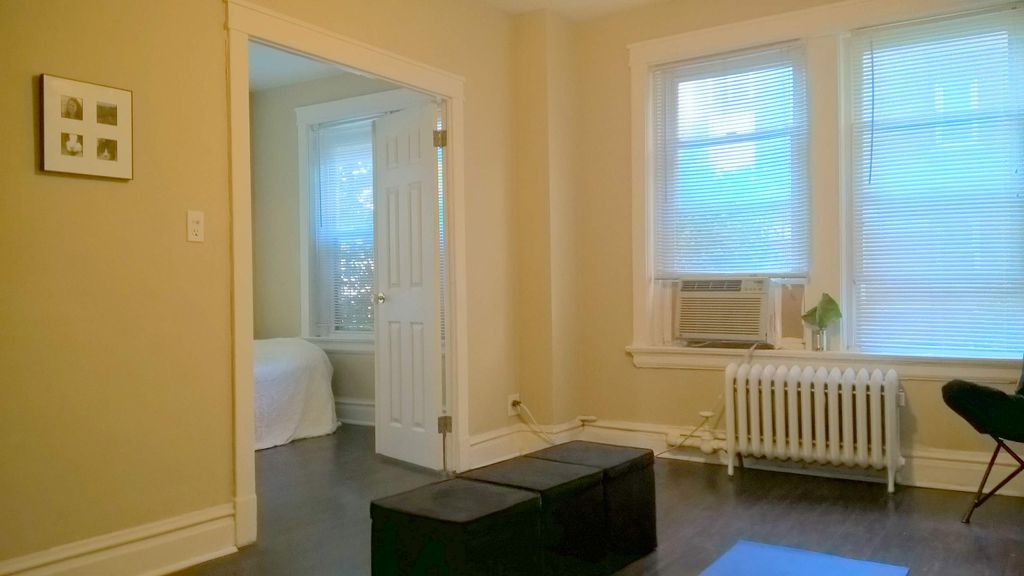
Exploring the Essential Features of a Quality Yoga Mat
When it comes to practicing yoga, the quality of your yoga mat can significantly impact your experience. From the material it's made of to its thickness, texture, and grip, each feature plays a crucial role in providing comfort, support, and stability during your practice. In this article, we will explore the essential features of a quality yoga mat, helping you make an informed decision when choosing the perfect mat for your yoga journey.
Key Takeaways
- Choosing the right material is crucial for durability and eco-friendliness.
- Thickness and density impact comfort, support, and portability.
- Texture and grip enhance traction, stability, and maintenance.
- Natural materials offer eco-friendly options with good durability.
- The right yoga mat can significantly improve your yoga practice.
Choosing the Right Material for Your Yoga Mat
Natural vs. Synthetic Materials
When selecting a yoga mat, the material is a critical factor that affects not only your practice but also the environment. Natural materials such as cotton, jute, and rubber offer a more organic touch and are often preferred for their eco-friendliness. On the other hand, synthetic materials like PVC and TPE are widely used for their durability and affordability.
Eco-friendliness is a significant consideration for many yogis. Natural materials are typically biodegradable and sustainably sourced, aligning with the principles of yoga that emphasize harmony with nature. However, advancements in synthetic materials have led to more eco-conscious options that are recyclable and free of harmful chemicals.
The choice between natural and synthetic materials is not just about personal preference but also about the impact on our planet.
Here's a quick comparison of common materials used in yoga mats:
- PVC (Polyvinyl Chloride): Affordable, durable, but not eco-friendly.
- Natural & Synthetic Rubber: Offers excellent grip, can be eco-friendly.
- TPE (Thermoplastic Elastomers): A synthetic option that's often more eco-friendly than PVC.
- EVA (Ethylene Vinyl Acetate): Lightweight and often used in thinner mats.
- PU (Polyurethane): Known for its grip and moisture absorption.
Eco-Friendly Options
When considering the environmental impact of your yoga mat, eco-friendly options are increasingly available and diverse. These mats are typically made from natural, renewable materials such as organic cotton, jute, or sustainably harvested rubber, which not only reduce the carbon footprint but also often provide a more authentic practice experience.
Eco-friendly yoga mats cater to the growing demand for sustainable and health-conscious choices in the yoga community.
Here are some of the benefits of eco-friendly yoga mats:
- Biodegradable and recyclable, reducing waste
- Non-toxic, free from harmful chemicals like PVC, phthalates, and heavy metals
- Often involve ethical manufacturing processes
Choosing an eco-friendly mat supports not only your own health but also the health of the planet. As the yoga philosophy emphasizes harmony with nature, selecting a mat that aligns with these values can enhance the overall yoga experience.
Durability and Longevity
When selecting a yoga mat, durability is a critical factor to consider. A mat that easily wears out or degrades can not only be a financial burden but also a hindrance to your practice. Look for mats that are designed to withstand the rigors of daily use, with resilience against stretching, tearing, and fading.
- High-density materials often last longer.
- Quality construction can resist wear from repeated use.
- Some mats come with warranties, reflecting the manufacturer's confidence in their product's longevity.
The best yoga mats balance the need for both a firm foundation and lasting material. They should maintain their shape and texture over time, ensuring a consistent practice experience.
Remember, a mat's lifespan is also influenced by how it's used and cared for. Regular cleaning and proper storage are essential to extend the life of your yoga mat. Following the manufacturer's guidelines for care can help you get the most out of your investment.
Understanding the Importance of Thickness and Density
Impact on Comfort and Support
The thickness and density of a yoga mat are crucial factors that directly affect the user's comfort and support during practice. A thicker mat can provide additional cushioning, which is beneficial for those with sensitive joints or when practicing on hard surfaces. However, it's important to strike a balance, as a mat that is too thick can compromise stability in standing and balancing poses.
Density also plays a significant role in how a yoga mat feels and performs. A denser mat will resist compression better, ensuring that the body is evenly supported and that pressure points are minimized. This is particularly important for maintaining proper alignment and avoiding injuries.
While personal preference and the type of yoga practice are significant, a standard thickness of about 4-6mm is often recommended for most practitioners.
Here's a quick reference to help you understand the common thickness levels of yoga mats and their respective uses:
- Thin (1-3mm): Ideal for travel and close contact with the floor for better balance.
- Standard (4-6mm): Offers a balance of cushioning and support for various styles of yoga.
- Thick (6mm and above): Provides extra cushioning, suitable for therapeutic practices or those with joint issues.
Stability and Balance
The thickness and density of a yoga mat can greatly influence your stability and balance during practice. A thicker mat may provide more cushioning, but it can also make it harder to feel a solid connection with the floor, which is crucial for balance poses.
- Thinner mats tend to offer better stability for standing and balancing poses.
- High-density mats can help distribute your weight more evenly.
- Mats with a textured surface can enhance grip, contributing to better balance.
When selecting a yoga mat, consider the types of poses you frequently practice. A mat that's too soft can undermine your balance, especially in poses that require a strong foundation.
Remember, the goal is to find a mat that supports both comfort and your ability to maintain poses without wobbling or slipping. This balance is key to a successful yoga practice.
Portability and Storage
When considering the thickness and density of your yoga mat, it's essential to balance comfort with the ease of portability and storage. A thicker mat may offer more cushioning, but it can also be bulkier and more challenging to carry around, especially if you're a yogi on the go.
- Thinner mats are typically lighter and can be rolled up tightly, making them ideal for travel.
- Mats with a medium thickness provide a compromise between comfort and convenience.
- Some mats come with carrying straps or bags, which can aid in transportation.
The right choice in yoga mat thickness not only affects your practice but also how easily you can store and transport your mat. Consider your lifestyle and storage space when making your decision.
For those who prefer DIY solutions, a floor yoga mat holder is a simple yet effective way to keep your mats organized and readily accessible at home. This can be as straightforward as repurposing a small wood crate or installing a bottom shelf.
Exploring Texture and Grip for Enhanced Performance
Enhanced Traction and Stability
The surface texture of a yoga mat plays a crucial role in providing the necessary grip to maintain poses without slipping. Enhanced traction ensures that even during the most intense practices, your mat remains a reliable foundation. This is particularly important for dynamic styles of yoga or when practicing in hot and humid conditions.
Stability is not just about the outer texture; it also relates to the mat's internal structure. A mat with a dense core offers a steadier surface, which can be beneficial for balance-focused asanas. Here's a quick list of factors that contribute to a mat's traction and stability:
- Surface pattern and material
- Mat thickness and density
- Moisture resistance
Ensuring your yoga mat has a non-slip surface will not only enhance your practice but also reduce the risk of injury by providing a stable base for all movements.
Sweat Absorption and Slip Resistance
A yoga mat's ability to absorb sweat and resist slipping is crucial for a safe and effective practice. High sweat absorption minimizes the risk of accidents, allowing practitioners to maintain poses without fear of slipping. Conversely, a mat that offers poor slip resistance can become a hazard, especially during intense sessions or in hot yoga classes.
Slip resistance is often achieved through the texture and material of the mat. Some mats are designed with specific patterns or coatings to enhance grip. Here's a list of common materials and their slip-resistant properties:
- PVC: Offers good grip and durability but is less eco-friendly.
- Rubber: Excellent slip resistance and eco-friendly, but can be heavy.
- TPE (Thermoplastic Elastomer): A balance between grip and eco-friendliness, lighter than rubber.
The right balance between sweat absorption and slip resistance can significantly improve your yoga experience, providing the confidence to perform any pose.
It's important to consider personal preferences and the type of yoga practiced when choosing a mat. For instance, those practicing Bikram or other forms of hot yoga may prioritize a mat with superior sweat absorption to maintain a firm grip throughout the session.
Maintenance and Cleaning
Maintaining your yoga mat is crucial for ensuring its longevity and performance. Regular cleaning is not only about hygiene; it also helps to maintain the mat's texture and grip. For most mats, a simple solution of water and mild detergent will suffice. However, always check the manufacturer's instructions to avoid damaging the material.
Frequency of cleaning will vary depending on your practice intensity and the type of mat you own. Here's a basic guideline for mat maintenance:
- After every practice: Wipe down with a damp cloth.
- Weekly: Clean with a yoga mat-specific cleaner or a gentle solution.
- Monthly: Do a deep clean or soak, if recommended by the mat's manufacturer.
Remember, a well-maintained yoga mat can significantly enhance your practice by providing a clean, stable, and supportive surface.
While cleaning is essential, it's also important to consider the environmental impact of the products you use. Opting for eco-friendly cleaners can contribute to a more sustainable practice. Companies like Yune Yoga not only promote stress reduction and increased flexibility through their classes but also provide eco-friendly yoga mats and accessories, aligning with a mindful and environmentally conscious approach.
Conclusion
In conclusion, a quality yoga mat is an essential tool for any yoga practitioner. The features discussed in this article, including material, thickness, texture, and sustainability, are crucial considerations when choosing the right yoga mat. By understanding these essential features, individuals can make informed decisions that enhance their yoga practice and overall well-being. Investing in a quality yoga mat is an investment in one's health and mindfulness.
Frequently Asked Questions
What is the best material for a yoga mat?
The best material for a yoga mat depends on personal preference and intended use. Natural materials like rubber and jute provide excellent grip and eco-friendly options, while synthetic materials like PVC offer durability and easy maintenance.
How does the thickness of a yoga mat affect performance?
The thickness of a yoga mat impacts comfort, support, and stability during practice. Thicker mats provide more cushioning for joints and bones, while thinner mats offer a firmer connection to the ground for balance and stability.
What is the ideal texture for a yoga mat?
The ideal texture for a yoga mat is one that offers enhanced traction and grip, allowing for stability and balance during various poses. A textured surface also helps with sweat absorption and slip resistance, making it easier to maintain a strong grip during practice.
How do I clean and maintain my yoga mat?
To clean and maintain a yoga mat, use a mild soap or yoga mat cleaner with water to wipe down the surface after each use. Allow the mat to air dry completely before rolling it up for storage. Avoid using harsh chemicals or abrasive materials that can damage the mat.
Can I use a yoga mat for other types of exercise?
Yes, a yoga mat can be used for various types of exercise, including Pilates, stretching, and floor-based workouts. The cushioning, grip, and support provided by a yoga mat make it suitable for a wide range of activities beyond yoga practice.
How long does a yoga mat typically last?
The lifespan of a yoga mat depends on the material, usage, and maintenance. With proper care and regular cleaning, a high-quality yoga mat can last several years. However, signs of wear and tear, such as peeling, cracking, or loss of grip, indicate the need for a replacement.


